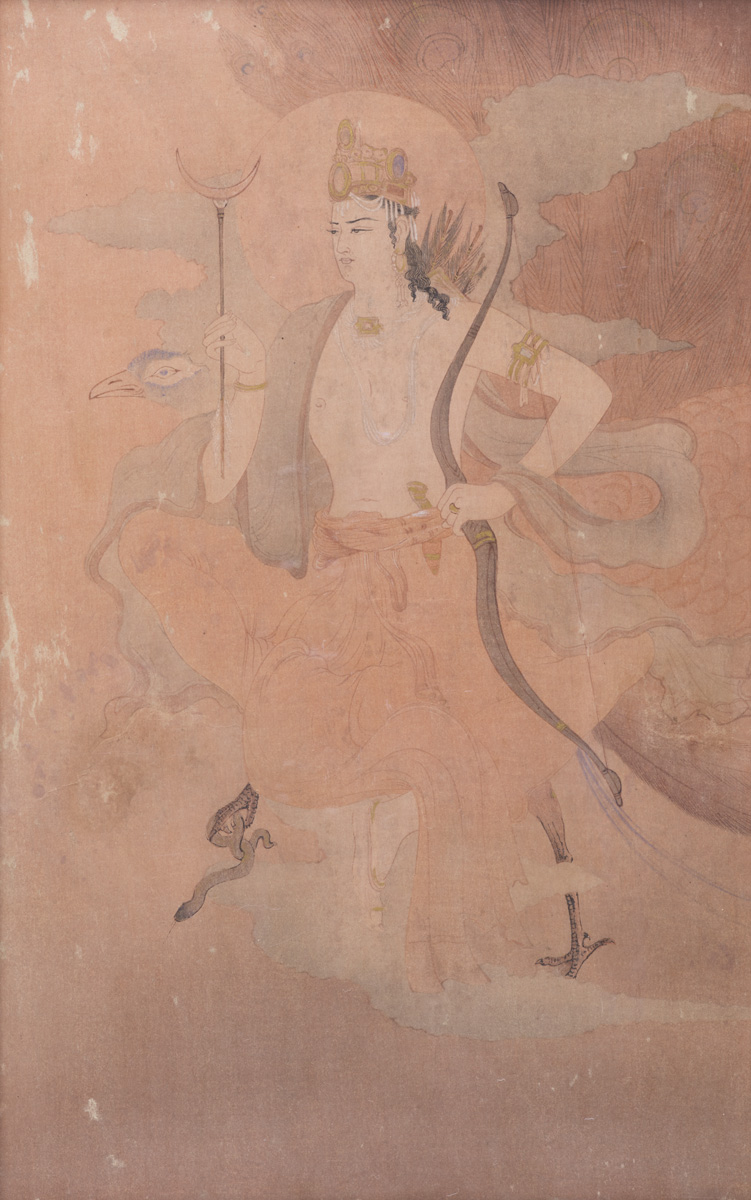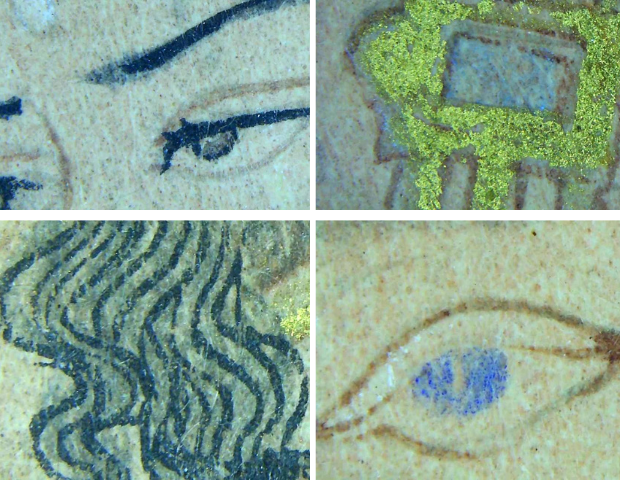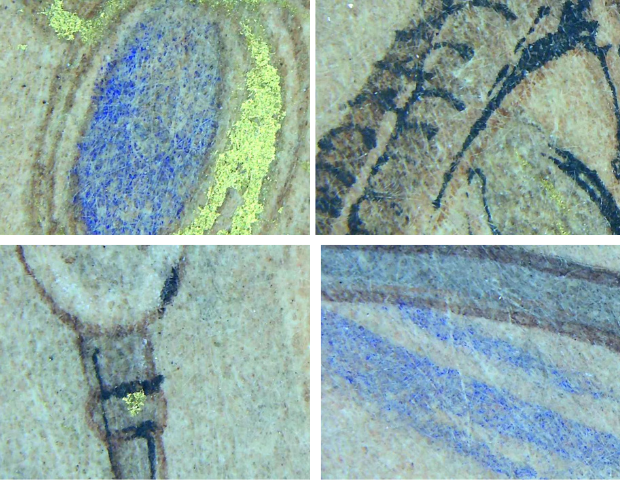Within the sphere of art historical exploration, the oeuvre of Surendranath Ganguly emerges as a subject of intriguing contemplation. A notable practitioner born in 1885, Ganguly's artistic journey found its genesis at the Government School of Art Calcutta, under the guidance of luminaries such as EB Havell and the visionary Abanindranath Tagore. Aligned with the artistic philosophy of Tagore, Ganguly, alongside Nandalal Bose, played an instrumental role in the revival of Indian artistic traditions that had been relegated to obscurity.
Central to this revival was the establishment of the Indian Society of Oriental Art in 1907, endorsed by European art enthusiasts. This society rekindled interest in the creations of Abanindranath Tagore, Gaganendranath Tagore, Nandalal Bose, and, naturally, Surendranath Ganguly. This period witnessed an exploration of the Japanese technique of colour woodblocks, a medium that deftly captured the essence of modern Indian painting. Particularly remarkable was the successful replication of Nandalal Bose's Sati, featured in the Japanese journal Kokka alongside an accolade from Sir John Woodroffe. Surendranath Ganguly's masterpiece Kartikeya featured in our Modern Art Auction 2023 was another successful reproduction using the Japanese method.

Surendranath Ganguly, Kartikeya, c 1910, Woodblock Print on Paper further handpainted using gold, blue, white, and black colours
Ganguly's Kartikeya bears the hallmark of intricacy, often to the point of near-invisibility. The layers of paint manifest a certain delicacy, inviting close inspection. The brushwork exudes a meticulous craftsmanship that suggests an intimate connection between the artist and the canvas. This finesse embodies the shared vision of contemporaries and mentors, particularly Nandalal Bose and Abanindranath Tagore. It echoes the prevailing artistic sentiments of the era, where an emphasis on subtlety and elegance was paramount.
The historical context further enriches the understanding of Ganguly's artistry. Situated within the same artistic epoch as Nandalal Bose and as a protégé of Abanindranath Tagore, Ganguly's creations harmonise with the delicacy of his peers' works.

The technique employed in Ganguly's works merits scrutiny. Evidently, the presence of extensive hand-painted details is unmistakable. Hence, the delicate layers and the artistry involved transcend mere classification as prints. The speculation that a single-haired brush might have been employed highlights the artist's dedication to precision. This hypothesis not only speaks to the technical skill involved but also to the artist's conscious intent to infuse each stroke with intricate detail.

The nuances of Ganguly's creations challenge conventional categorisation. This perspective compels viewers to delve beyond surface impressions, engaging with the intricate layers that form the bedrock of Ganguly's artistic legacy.